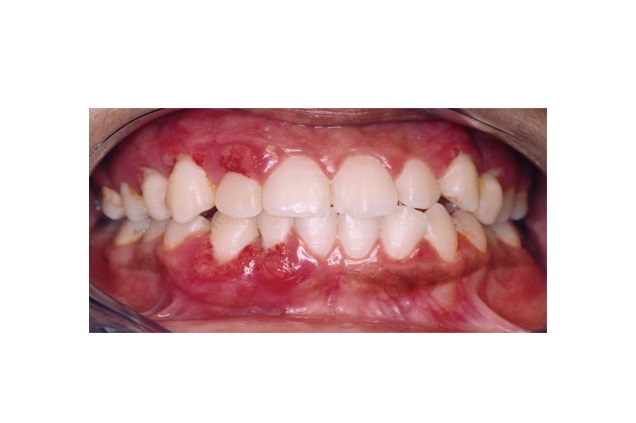Periodontitis Disease and its Drug Delivery System

DOI:
https://doi.org/10.54060/pd.2023.2Keywords:
Periodontitis, drug delivery system, local drug delivery, sustained releaseAbstract
A persistent inflammatory condition known as periodontitis affects the structures supporting and around the teeth. The treatment of Periodontitis typically involves the use of systemic antibiotics, local drug delivery, and mechanical debridement. In recent years, drug delivery systems have gained popularity as a means of delivering therapeutic substances directly to the location of infection, improving the effectiveness of treatment while minimizing systemic side effects. Some of the most commonly used drug delivery systems for periodontitis include gels, films, and nanoparticles. These systems can be loaded with antibiotics, antiinflammatory agents, and growth factors, among other therapeutic agents, and can be designed to release the drug over a prolonged long enough to have ongoing therapeutic effects. Treatment of periodontitis by the use of drug delivery systems has shown promising results, with improved clinical outcomes and reduced systemic side effects. However, more study is required to assess these systems long-term safety and effectiveness as well as to improve their design and delivery. Keywords associated with drug delivery systems for periodontitis include local drug delivery, sus-tained release, nanoparticles, antibiotics, antiinflammatory agents, and growth factors.
Downloads
References
AlJehani YA. Risk factors of periodontal disease: Review of the literature. Int J Dent [Internet]. 2014;2014: 1–9. Availa-ble from: http://dx.doi.org/10.1155/2014/182513
Kinane DF, Hart TC. Genes and gene polymorphisms associated with periodontal disease. Crit Rev Oral Biol Med [In-ternet]. 2003;14(6):430–49. Available from: http://dx.doi.org/10.1177/154411130301400605
Ajwani S. Periodontal Disease in an Aged Population, and Its Role in Cardiovascular Mortality [dissertation]. Univer-sity of Helsinki, Helsinki, Finland; 2003. Available from: https://helda.helsinki.fi/handle/10138/20274.
Do LG. Smoking and Periodontal Disease in Vietnamese Middle-Aged Population [master's thesis]. University of Ade-laide, Adelaide, Australia; 2001. Available from: https://digital.library.adelaide.edu.au/dspace/handle/2440/37770.
Salvi GE, Lawrence HP, Offffenbacher S, Beck JD. Influence of Risk Factors on the Pathogenesis of Periodontitis. Perio-dontology 2000. 1997;14(1):173–201.
Preshaw PM, Bissett SM. Periodontitis: Oral Complication of Diabetes. Endocrinol Metab Clin N Am. 2013;42(4):849–67.
Chapple ILC, Mealey BL, Dyke TEV, Bartold PM, Dommisch H, Eickholz P. Periodontal health and gingival diseases and conditions on an intact and a reduced periodontium: Consensus report of workgroup 1 of the 2017 World Workshop on the Classification of Periodontal and Peri-Implant Diseases and Conditions. J Clin Periodontol. 2018;45(S20):24–9.
White D, Pitts N, Steele JG. Diseases and related disorders- a report from the adult Dental Health Survey. NHS Infor-mation Centre for Health and Social care; 2011.
Yucel-Lindberg T, Båge T. Inflammatory mediators in the pathogenesis of periodontitis. Expert Rev Mol Med. 2013;15: 7–11.
Abusleme L, Dupuy AK, Dutzan N, Silva N, Burleson JA, Strausbaugh LD, et al. The subgingival microbiome in health and periodontitis and its relationship with community biomass and inflammation. ISME J. 2013;7(5):1016–25.

Downloads
Published
How to Cite
CITATION COUNT
Issue
Section
License
Copyright (c) 2023 Hassham Anwar

This work is licensed under a Creative Commons Attribution 4.0 International License.






















